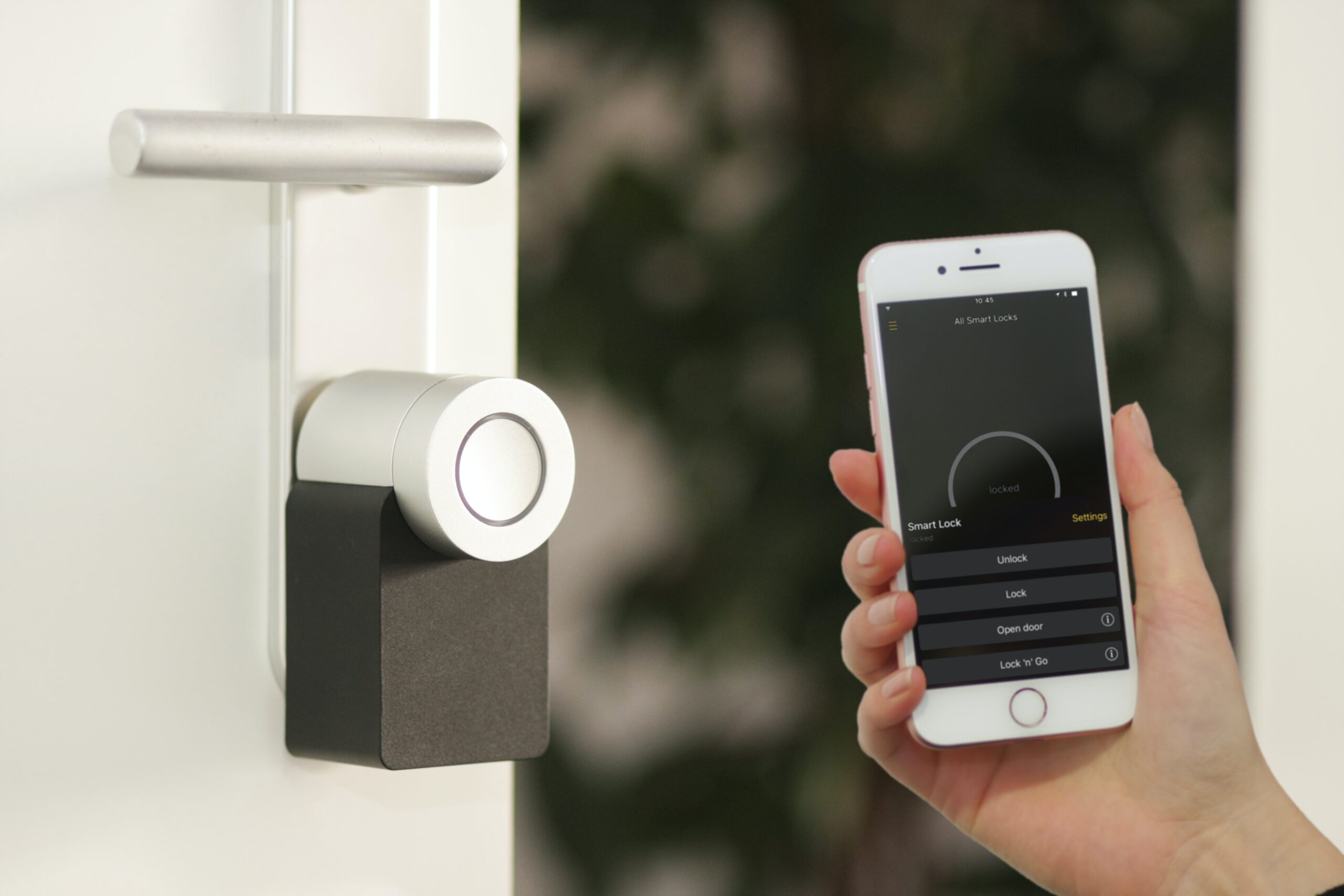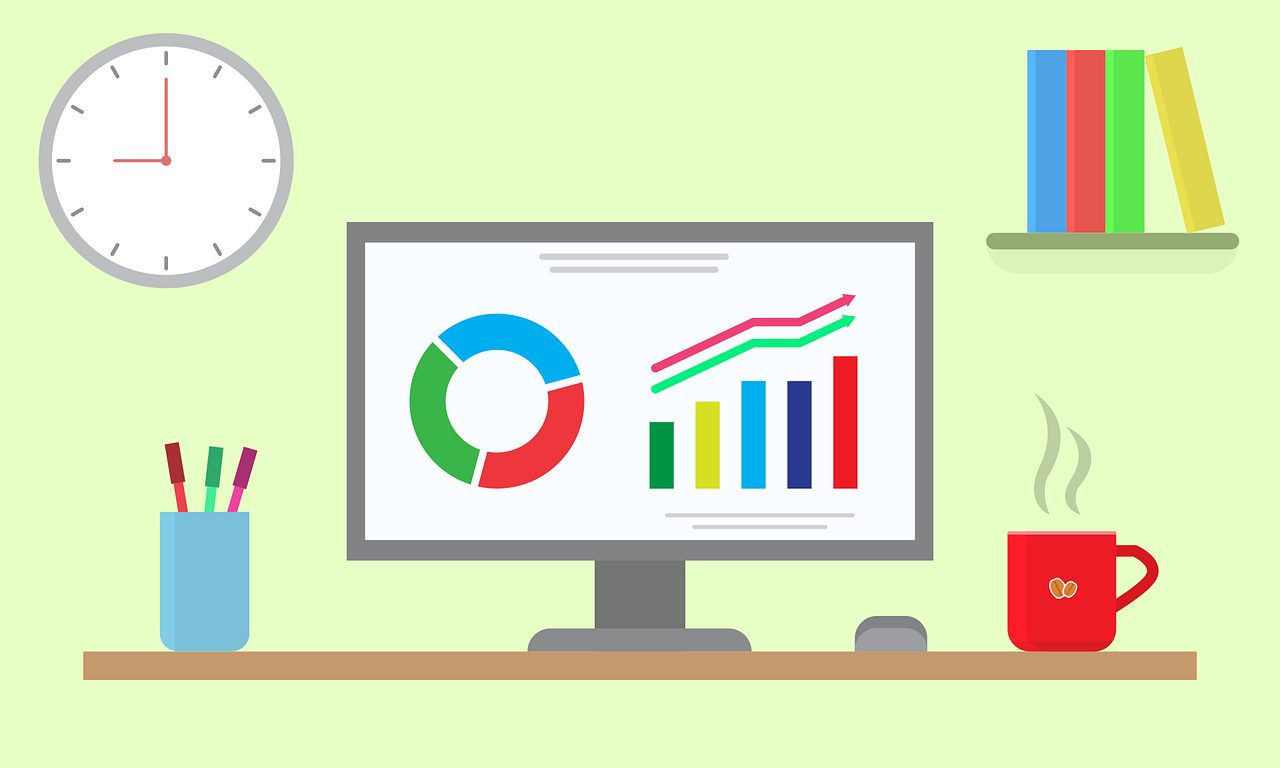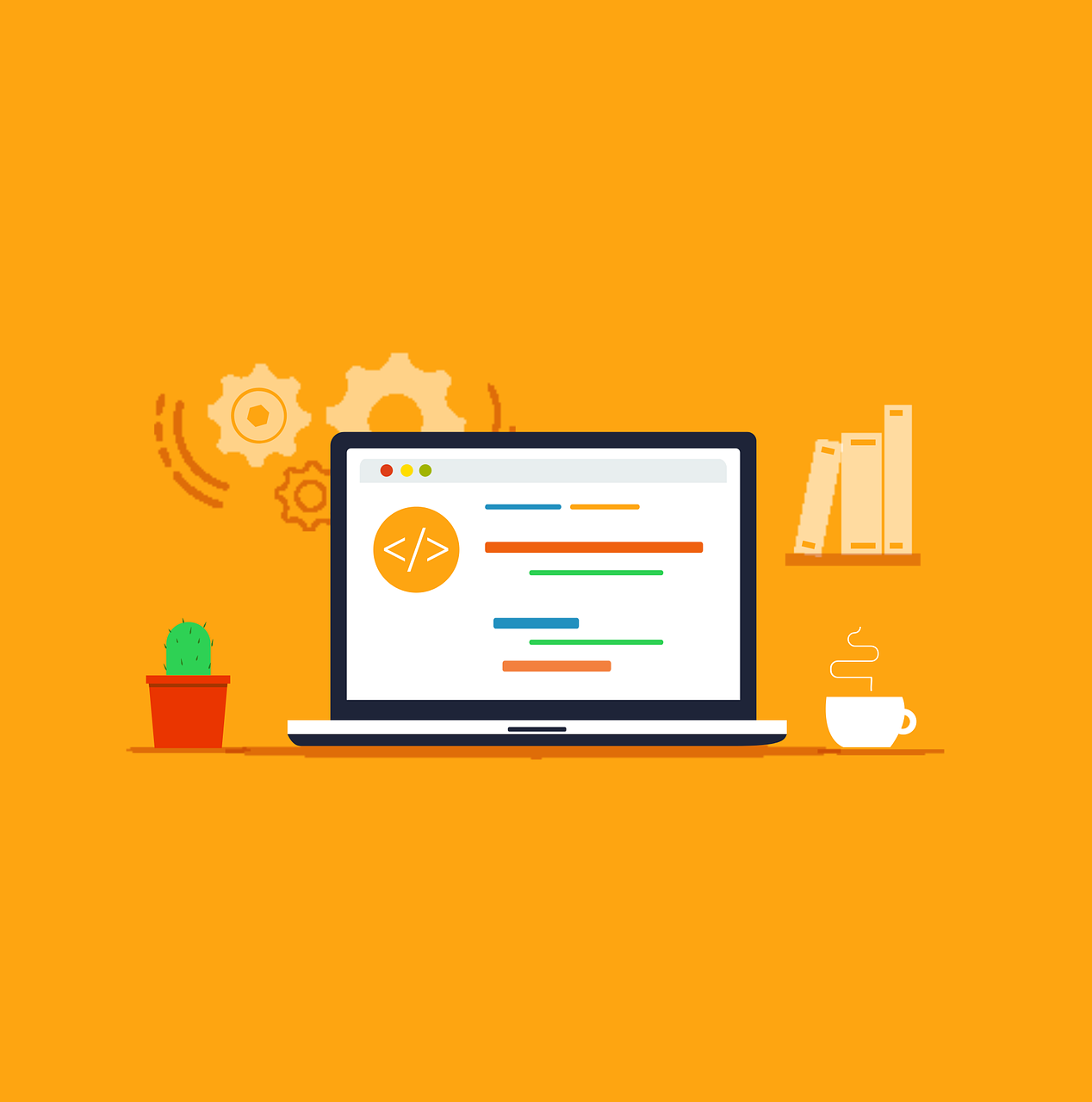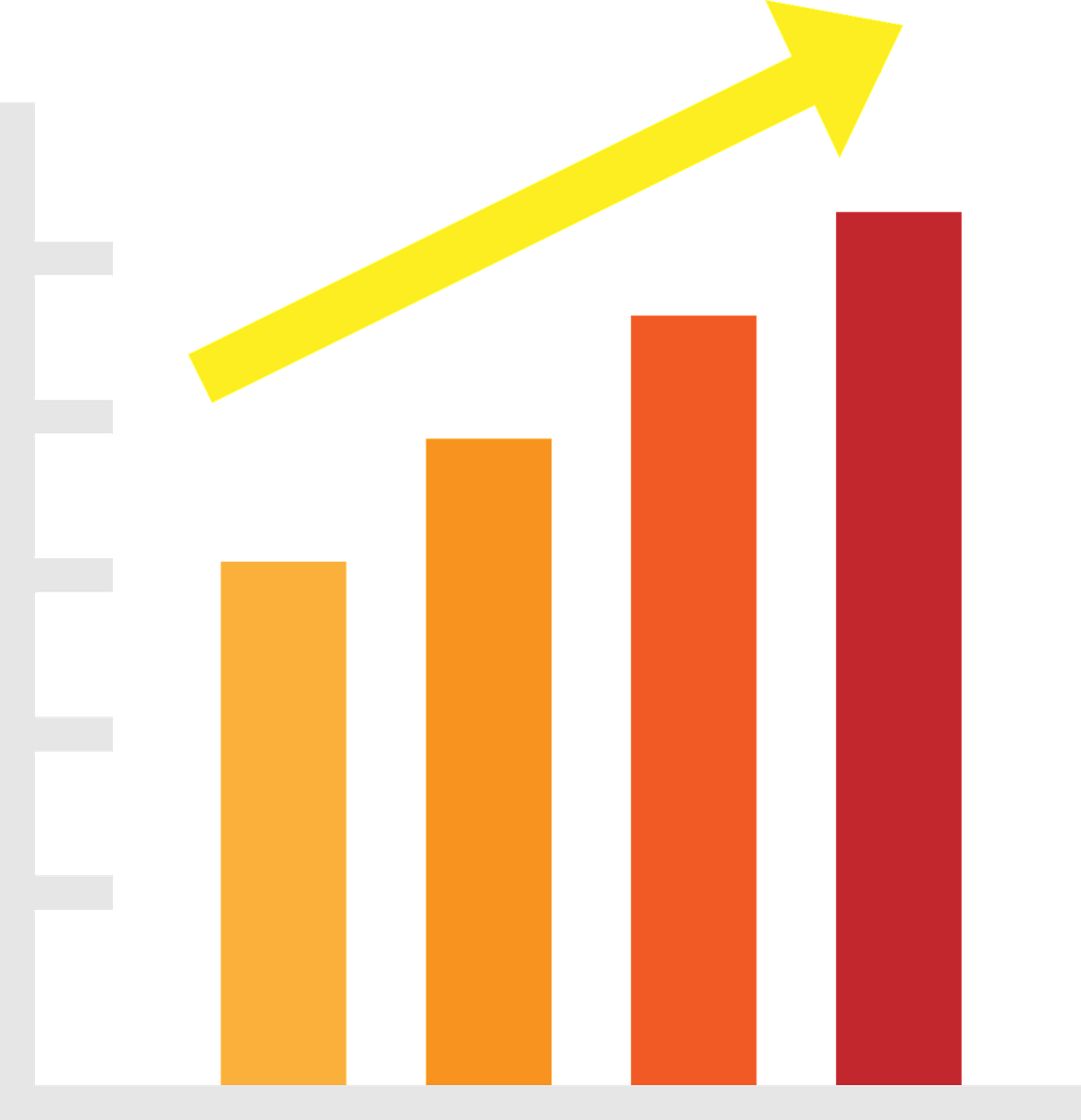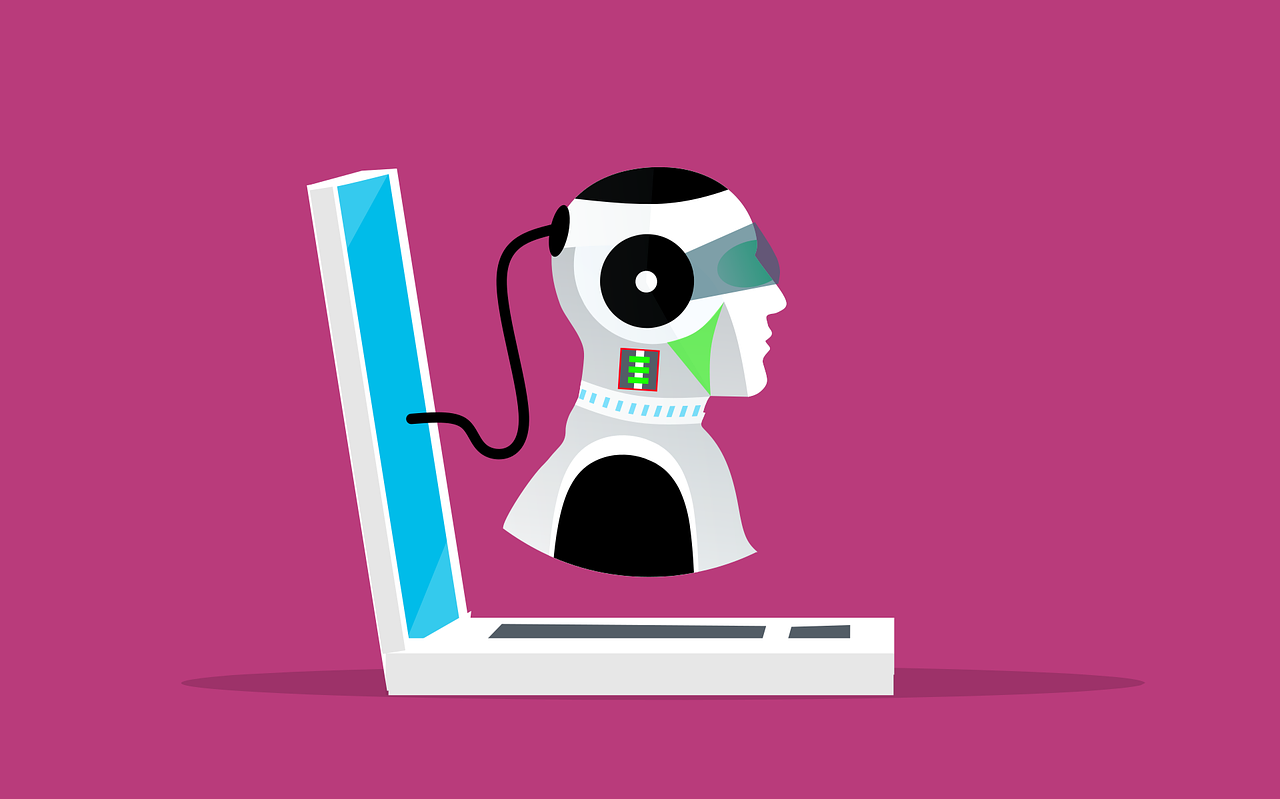
10 Awesome Ways to Customize Your Desktop Layout
You can make your computer experience more unique by changing the style of your desktop. It lets you organize your area well, which makes it easier to get to files and programs you use often. There are many ways to change things whether you’re using Windows, macOS, or Linux. This can make a big difference […]

